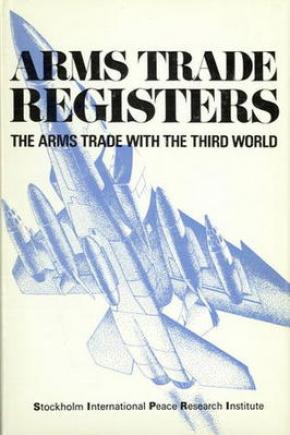Arms Trade Registers: The Arms Trade with the Third World
The lethal power embodied in the nuclear arms race between the USA and the USSR and the waste of resources in the conventional arms race in the industrialised world are undoubtedly two of the most dangerous problems facing mankind today. The tendency for more and more third world countries to acquire sophisticated weapons also has serious implications for world security: along with other factors, it often links arms races in the third world to the major East–West confrontation by the involvement of supply countries in wars in the third world. And a future conflict in one of these areas could well escalate into general nuclear war.
In addition, there is little doubt that the spectacle of a world increasing its already absurd levels of lethal power, while neglecting the urgent welfare needs of hundreds of millions of people will be a contributory factor in increasing international unrest. And the military and industrial complexes to which heavy military spending give rise, inevitably exert an influence on policy, towards maintaining the circumstances and conditions which gave rise to them. Moreover the change in the traditional relationships between the civilian and military sections of the economy can result in a threat to democratic processes.
This SIPRI study is a register of deals in major arms with 97 third world countries. The register should be read in conjunction with the SIPRI volume, The Arms Trade with the Third World (Stockholm, 1971) for information on the mechanisms governing this trade.
Far East
South Asia
Middle East
North Africa
Sub-Saharan Africa
South Africa
Central America
South America
Europe
Appendix 1. The glossary of weapons
Appendix 2. The value tables
Appendix 3. Sources and methods

